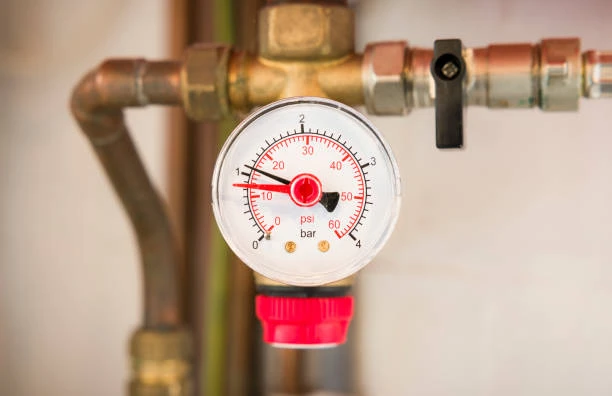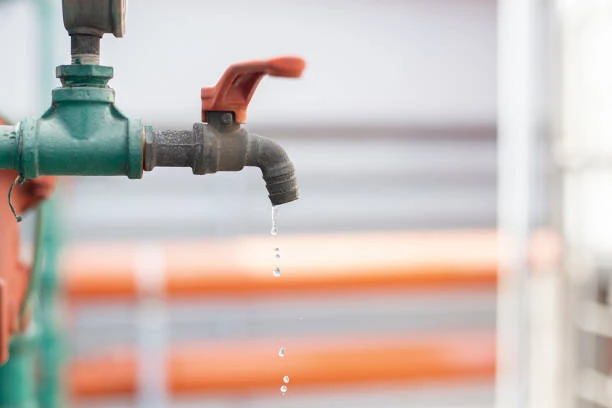In recent years, the demand for efficient and sustainable oil production has led to the development of advanced technologies in the oil and gas industry. One such innovation is the autonomous inflow control valve (AICV), which plays a vital role in improving water control in oil fields. Specifically, in the Peru oil field, these valves have revolutionized the way oil companies manage production and water injection, enabling enhanced productivity, sustainability, and safety.
This article explores the significance of autonomous inflow control valves, their role in water management, and how they contribute to optimizing oil extraction processes in the context of the Peru oil field.
What Are Autonomous Inflow Control Valves?
Autonomous inflow control valves (AICVs) are advanced valves that automatically regulate the flow of fluids in an oil well. These valves are typically installed in production tubing and control the inflow of oil and water from different zones within the reservoir. The primary function of an AICV is to mitigate water production, ensuring that only oil is produced while minimizing the risks and challenges associated with water handling.
Key Features of Autonomous Inflow Control Valves:
- Self-Regulating: AICVs operate without the need for external power or control signals.
- Water Management: Effectively reduce water production in reservoirs with high water-to-oil ratios.
- Improved Production Efficiency: Enhance overall oil recovery rates by ensuring that only oil flows through the production tubing.
- Long Operational Life: Designed to withstand harsh reservoir conditions, including high pressure and temperature.
Role of Autonomous Inflow Control Valves in Water Management
Water control is a critical issue in oil production, particularly in mature oil fields where water injection is used to enhance recovery. Excessive water production can lead to operational challenges, including reduced oil flow, equipment damage, and increased costs. AICVs address these challenges by controlling the inflow of fluids and ensuring that water does not contaminate the oil production process.
How AICVs Work in Water Control:
- Inflow Regulation: AICVs automatically adjust the flow rate of oil and water based on reservoir conditions.
- Water Blockage: These valves block the inflow of water when excessive amounts are detected, allowing for better control of the oil-to-water ratio.
- Improved Well Performance: By optimizing fluid flow, AICVs enhance overall well performance, leading to higher oil recovery rates.
In the Peru oil field, where water management is particularly crucial due to complex geological formations, AICVs have made a significant impact by stabilizing production and reducing the need for manual intervention.

Benefits of Autonomous Inflow Control Valves in the Peru Oil Field
1. Enhanced Oil Recovery
In oil fields like Peru’s, the ability to regulate the flow of water and oil within the reservoir is essential for maximizing recovery rates. AICVs ensure that only oil is produced, thereby improving the efficiency of the extraction process and enhancing the overall recovery factor.
2. Cost Reduction
By minimizing water production, AICVs reduce the need for water handling infrastructure and decrease operational costs associated with water treatment and disposal. This leads to cost-effective production and extends the life of oil wells.
3. Reduced Environmental Impact
Efficient water management prevents the contamination of produced water, which is often a byproduct of oil extraction. With AICVs in place, companies can significantly reduce their environmental footprint by ensuring that only oil is produced and reducing the need for waste disposal.
4. Improved Safety
Water can cause various safety issues in oil production, including the risk of corrosion and pressure imbalances. AICVs reduce the likelihood of water-related accidents by ensuring that the well is producing only oil, which improves safety for field operators and reduces the risk of equipment failure.
5. Sustainability
AICVs contribute to sustainable oil production practices by improving the overall efficiency of oil extraction and reducing the reliance on external interventions. These valves help oil companies optimize production while adhering to stringent environmental regulations.
The Future of Autonomous Inflow Control Valves in Oil Production
The demand for autonomous inflow control valves is expected to increase as more oil fields worldwide focus on maximizing production while minimizing environmental impact. In addition to the advancements in AICV technology, further innovations in materials, digitalization, and remote monitoring will continue to enhance the performance and versatility of these valves.
Key Trends Driving AICV Adoption:
- Digitalization: The integration of digital technologies such as remote monitoring and data analytics will enable real-time performance optimization of AICVs.
- Material Advancements: New, more durable materials will improve the longevity and reliability of AICVs in harsh reservoir conditions.
- Artificial Intelligence: AI algorithms will provide predictive analytics to optimize AICV performance, ensuring more efficient fluid management.
The continuous improvement of AICVs will make them an indispensable tool in modern oil fields. Which ensuring that production is efficient, cost-effective, and environmentally responsible.
Autonomous Inflow Control Valves and the Industrial Valve Market
As demand for efficient oil production technologies rises. The global industrial valve market is projected to reach $121.67 billion by 2029, with control valves being a key segment driving this growth. AICVs, being a specialized type of control valve, will play a central role in shaping this market expansion. Their adoption will continue to grow in oil fields, particularly in regions where water control is a significant challenge.
The Role of Control Valves in the Industrial Valve Market:
Control valves, including AICVs, regulate the flow of various media in industrial applications. Their role in optimizing process control, increasing safety, and improving efficiency makes them crucial for industries such as oil and gas, chemical processing, water treatment, and power generation. As the need for smart and automated solutions increases, the demand for advanced control valves, including AICVs, will rise accordingly.
Conclusion
Autonomous inflow control valves represent a significant technological advancement in the oil and gas industry. Which particularly in challenging environments like the Peru oil field. By improving water management and optimizing oil recovery, AICVs have revolutionized the way oil companies approach fluid control. As the industrial valve market continues to grow. Which innovations in control valves like AICVs will remain at the forefront of efficiency and sustainability in oil production.
FAQs
1. What is an autonomous inflow control valve (AICV)?
An AICV is a self-regulating valve that automatically controls the flow of oil and water in a well. Which ensuring better water management and improving oil recovery rates.
2. How do AICVs improve water control in oil production?
AICVs regulate the flow of oil and water, blocking excessive water production and optimizing the oil-to-water ratio in reservoirs.
3. What are the key benefits of AICVs in oil fields?
AICVs enhance oil recovery, reduce costs, lower environmental impact, improve safety, and contribute to more sustainable production practices.
4. How are AICVs contributing to the future of oil production?
AICVs enable more efficient and cost-effective oil extraction, reduce water-related challenges, and align with global sustainability goals.
5. What is the global industrial valve market outlook?
The global industrial valve market is expected to reach $121.67 billion by 2029. Which driven by growing demand for control valves like AICVs in industries such as oil and gas.


















